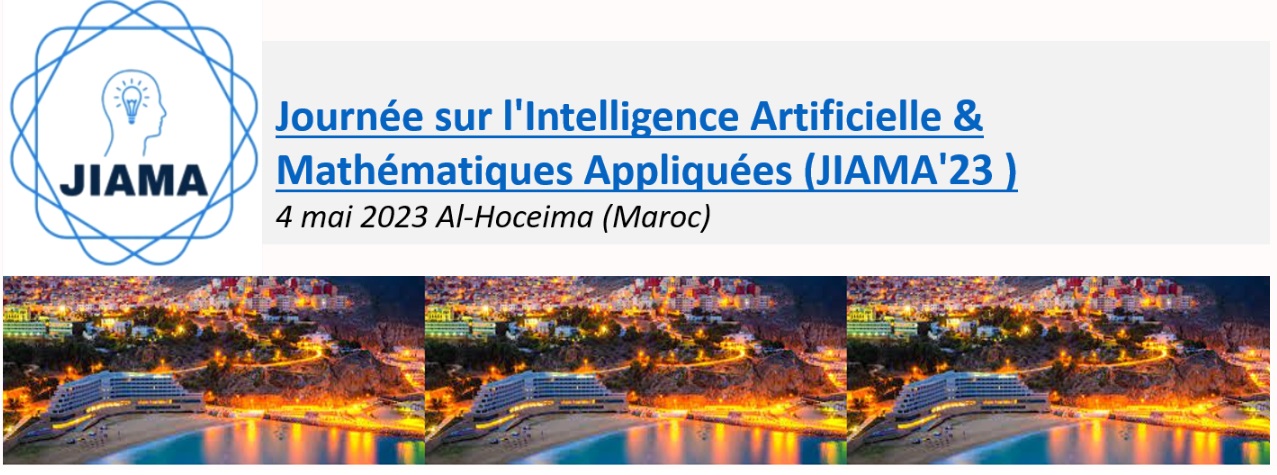Keynote Speakers
|
Prof. Abdellatif EL AFIA
National School of Computer Science and Systems Analysis (ENSIAS) Mohammed V University in Rabat, Morocco.
Title: Overview of classification models in the case of supervised learning: Modelling and Limits
Abstract: In this plenary session, we focus on classification models as well as their overview and their limit. Then, we will discover the main steps of its modelling process, namely cross validation and regularization. Simultaneously, we will discern the main mathematical tools used within its data modelling process, such as modelling optimization and statistics.
|
|
Prof. Radouane YAFIA
Department of Mathematics
Faculty of Sciences, Kenitra
Ibn Tofail University, Morocco.
Title: Antitumorale : de la Bifurcation de Hopf à la Bifurcation de Turing
Abstract: La virothérapie antitumorale dite aussi immunothérapie oncolytique consiste à utiliser des virus qui sont capable de répliquer, infecter les cellules tumorales et déclencher le système immunitaire. Cette approche a été découvert pour la première fois en début du vingtième siècle. Son autorisation réelle sur l’être humain a commencé en 2015 (USA, EU), avec le T-Vec, pour la thérapie du mélanome métastatique. Dans cet exposé, on présente un modèle mathématique issue de la virothérapie antitumorale tenant compte du cycle de reproduction viral (lytique) dans le cas temporel et tenant compte de la diffusion spatiale dans le cas spatio-temporel. Le modèle donne lieu au phénomène de Jeff (bifurcation de Hopf) dans le cas temporel et la formation des motifs (instabilité de Turing) dans le cas spatio-temporel en présence de la diffusion croisée.
|
|
Prof. Rachid BANNARI
Department of Mathematics
ENSA of Kenitra
Ibn Tofail University, Morocco.
Title: Simulation – Artificial Intelligence in Computational Fluid Dynamics (CFD)
Abstract:
|
|
Prof. Ahmed NAJI
Department of Mathematics
FST of Tangier
Abdelmalek Essaadi University, Morocco.
Title: Radial basis functions and their application to solve partial differential equations
Abstract:
The well known definition of radial basis function is a function whose value depends only on a distance of multivariable point to the origin. They are becoming a very famous functions used both in the area of scattered data problems and the partial differential equations field during these last three decades. Since their introduction by Rolland Hardy in 1971 and their improvement by Richard Franke in 1982, they have seen more developments and applications. The RBFs’ properties to generate a Native Hilbert space and the simplicity of their numerical implementation play an important role in their success use. It was in 1990 that radial basis functions have been applied by Kansa to solve partial differential equations. Since then, many meshless methods based on radial basis functions have been developed and improved.
In this talk, an overview of some properties of RBFs and the formulation of one of the most known meshless method based on the radial basis functions will be presented.
|
|


 Chargement...
Chargement...